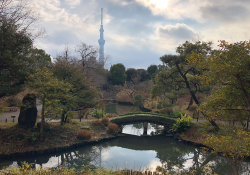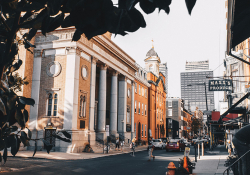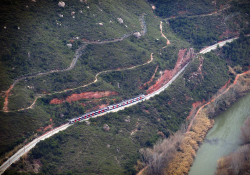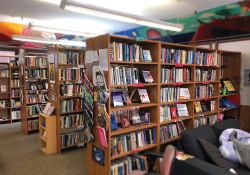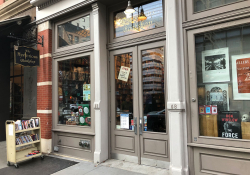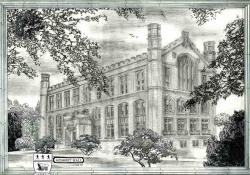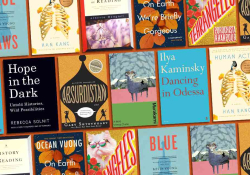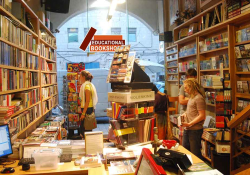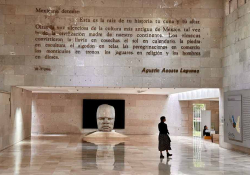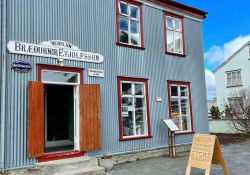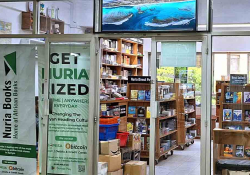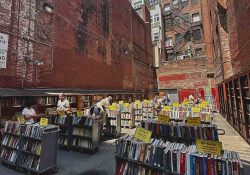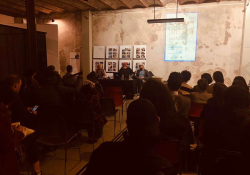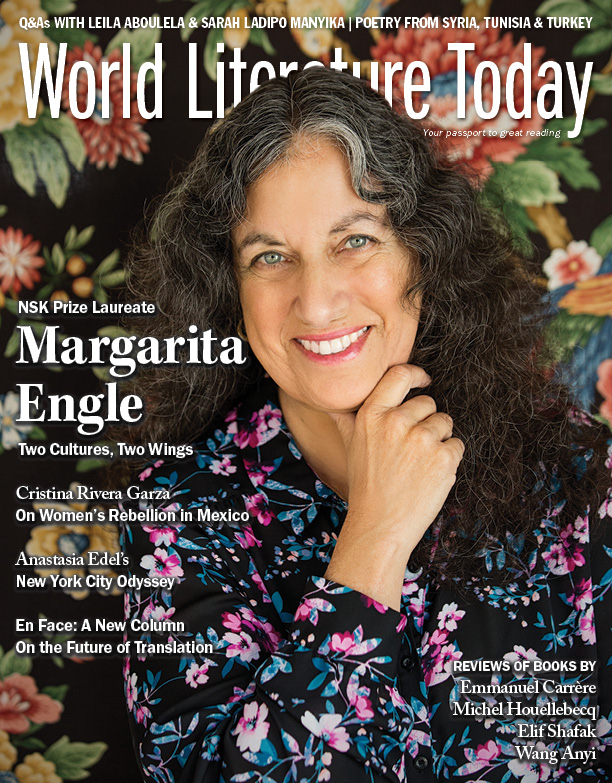The Monkey’s Paw
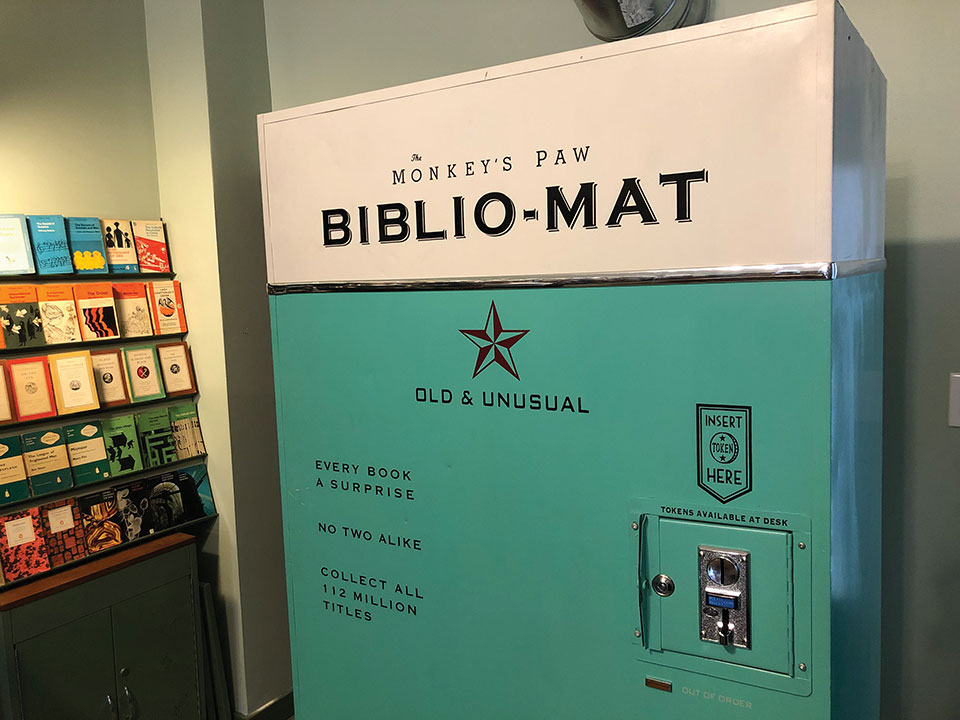
TORONTO IS ONE of the largest and most diverse cities in North America, a vibrant urban center whose culture constantly fluctuates alongside the many unique people who move through it. It makes sense, then, that there is a bookstore here which offers diversity in its era as well as its subject. The Monkey’s Paw is an antiquarian bookshop focusing not just on the old but on the uncommonly old.
It would be an exaggeration to say that stepping through the doors of The Monkey’s Paw is akin to stepping through the doors of a time machine. Rather, it is like stepping into a small street-corner museum or a forgotten attic library. The first thing one notices when walking inside is the smell of old, dry paper filling the air, subtle but unmistakable. A discordant yet relaxing piano tune plays softly as the patrons silently browse the lacquered black and hazel bookshelves. The walls are adorned with posters of world maps, diagrams of the human body, textile patterns, and rough pencil sketches of wild animals, all supported by string hung over nails. A stuffed raven surveys the shop from atop an old wooden shelf displaying printmaking plates, while a black Remington typewriter sits on the opposite shelf.
Once inside the shop, it quickly becomes clear that the bygone aesthetic of The Monkey’s Paw is more than skin-deep. Skimming the protruding spines of the books reveals a few familiar names, such as Steinbeck, Tolstoy, Huxley, and Atwood, but more often yields strange and fascinating results like The Anatomy of Bibliomania and Early New England Gravestone Rubbings. Curios such as recipe collections, postcards, travel booklets and foldout roadmaps, and black-and-white photographs are scattered throughout the store in boxes and drawers and plastic sleeves. One shelf near the middle of the store devotes most of its space to a hinged wooden box labeled “specimens in lucite” and displays various beetles, scarabs, and scorpions encased in a glasslike substance.
A tall, rectangular metal box stands near the back of the store, turquoise in the body and white at the top. The bold, all-caps letters read “biblio-mat,” with smaller type below adding “old & unusual.” The premise of this machine is simple: buy a token at the front desk for three dollars, slip it into the coin slot, and stand back as the bell rings and an antique book falls into the opening with a muted clunk. I received a fictionalized account of Elizabeth and Mary Tudor’s struggle for power, but according to the typed message on the front of the Biblio-Mat, no two are alike.
Despite its fluidly natural appearance, the atmosphere of nostalgic pulp curiosity in The Monkey’s Paw has been carefully cultivated. Its website states that the store places emphasis on “visual culture; obsolete opinions and technologies; earnest works on highly specific topics; books as artifacts; and pop detritus.” In other words, the shop is meant to be innovative in its nostalgia, a vivid collection (or perhaps recollection) of artifacts intentionally gathered together to leave a lasting impression. While The Monkey’s Paw is concerned with bygone moments in our culture, it seems to care less about reinforcing those we remember and more about reminding us of those we have forgotten.
This decision to reject the accepted notions of progress as the leaving-behind of the obsolete is what makes The Monkey’s Paw so appealing. In an internet age where most would rather get their answers from a vast search engine than a book, the notion of the library or bookshop as a repository of knowledge has been replaced by their conception as second-rate entertainment hubs filled with pop best-sellers and sports autobiographies. What keeps life interesting when progress has solved all of its mysteries for us? The Monkey’s Paw does not pretend to know, but it does offer a window through which we may look back on what we’ve discarded along the way. So stop in, drop a token in the Biblio-Mat, spend an afternoon with a book on Nuclear Applications in Art and Archaeology or Orgies American Style, and revel in the oddities we’ve chosen to forget, in the strange for strange’s sake.
